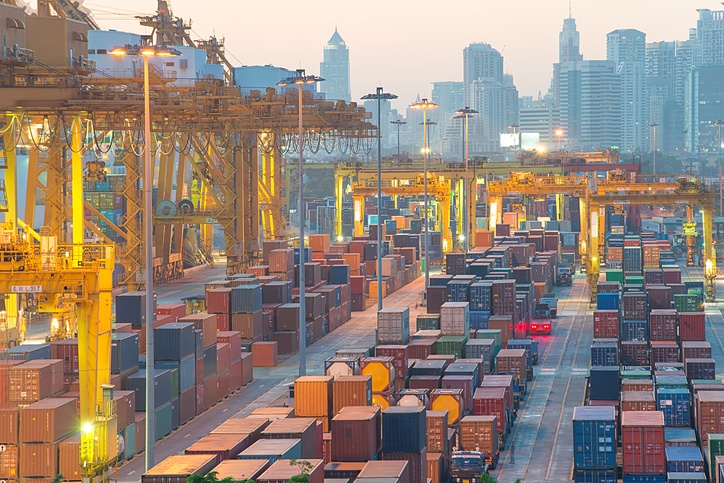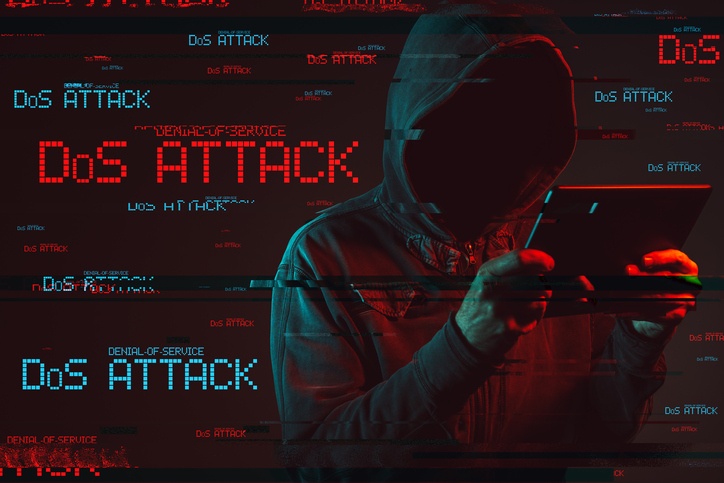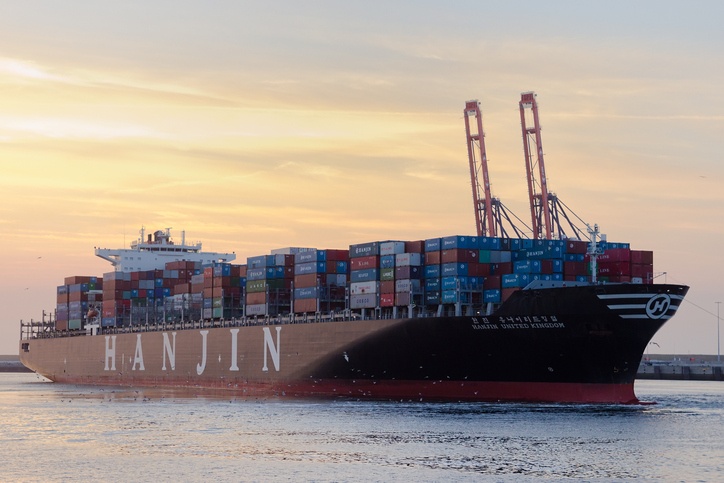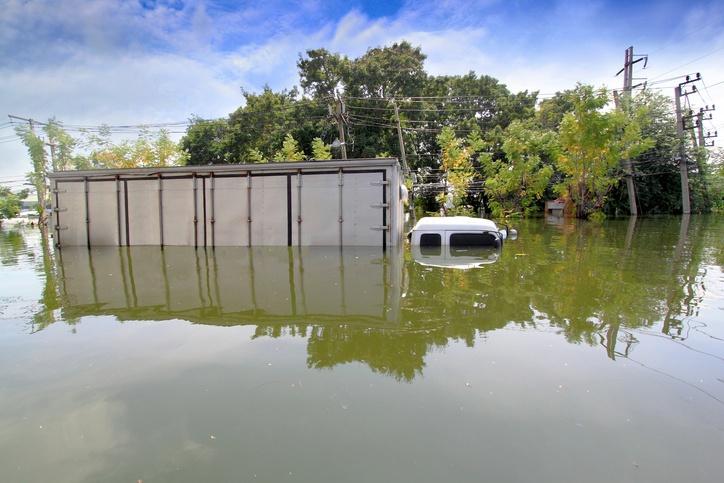
Modern supply chains are to global trade what veins are to humans: a delicate web of interconnected processes that enable the free flow of food, medicine, clothing, raw materials and other essential products around the world.
The longer and more complex the supply chain, the more target-rich it becomes. It’s a magnet that attracts tech-savvy and determined cybercriminals, organized crime, terrorist groups and others with truckloads of bad intent.
Whether lurking in the shadows or hiding in plain sight, these criminals probe company supply chains for gaps and weaknesses that can be breached and exploited for financial, political or ideological gain.
Keep reading to learn about:

Example: The Electronic Logging Device (ELD) Mandate requires the use of an ELD to automatically record a truck’s driving time to more accurately monitor a driver’s hours of service to reduce the risk of crashes and chronic health conditions connected with lack of sleep. Any unexpected delays can put a driver over the 11-hour driving limit per day. Exceed it and they face strict penalties.

Example: In July 2018, the US implemented a first round of tariffs on $34 billion of imports from China. China retaliated with tariffs on an equivalent amount of imports from the United States. Because of this disruption, China and the US could lose income of up to 3.5% ($426 billion) and 1.6% ($313 billion), respectively.

Example: Because of Brexit, orders from EU-based companies are expected to take a dramatic decline. “83% of British manufacturers are actively forging new relationships with ‘Rest of World’ territories, a move that will place new demands on supply chain networks and logistics providers…”

Example: In September 2017, Citrix confirmed that several builds of Citrix NetScaler ADC and Citrix Gateway Management Interface contained authentication bypass vulnerabilities.
A recent report from CrowdStrike suggests that cybercriminals are increasingly circumventing defenses and finding weak links to exploit via supply chain attacks.

Example: The 2017 Hanjin maritime bankruptcy was the largest in container shipping history. The supply chain disruption that ensued left workers, 96 ships, containers and onboard cargo worth $14 billion stranded at sea and in ports all around the world.

Example: The Tohoku earthquake and tsunami in 2011 cost Japan an estimated $210 billion. The quake created a domino effect that shook supply chains all over the world. “Companies dependent on Japan’s ‘Just In Time’ delivery practices were left without parts as electronics and auto manufacturing plants were destroyed. Global production suffered, affecting other nations’ economies.”

Learn how blockchain can be adapted for superior secure supply chain protection.

UniSecure is the only non-additive anti-counterfeiting solution that provides real-time authentication.

Systech conducted a blockchain for DSCSA feasibility study. Learn about the process we used and major takeaways.